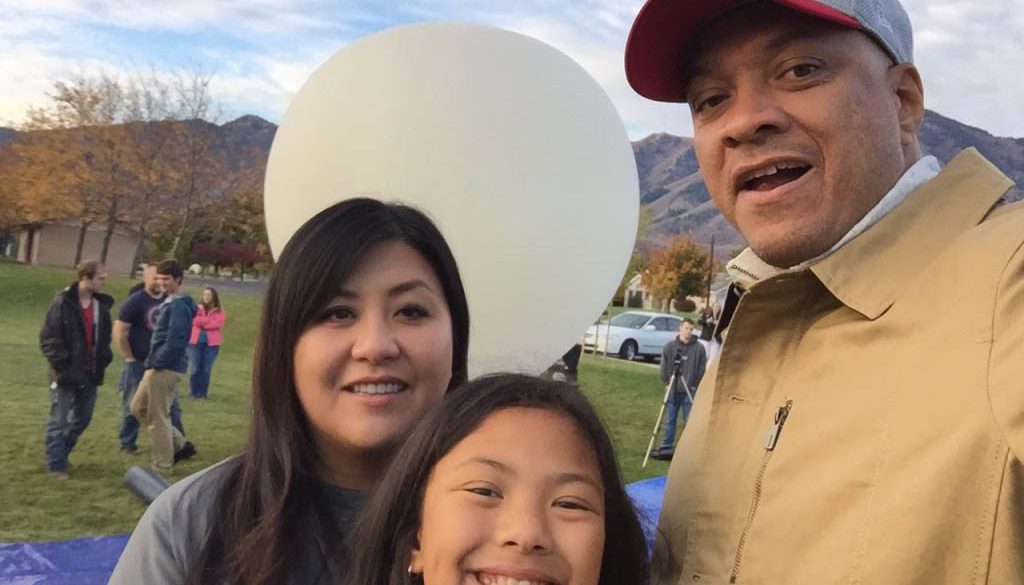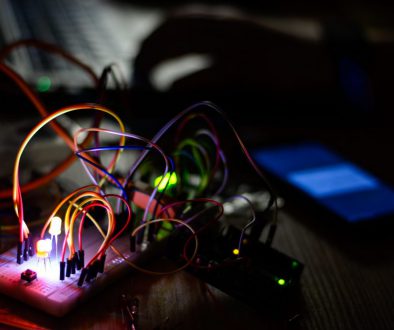4 Inspiring Lessons for Parents About Teaching Children STEM
When my daughter was in the 2nd grade, she made a casual comment that shocked me. “I’m not good at math,” she said. “Why?” I immediately asked. “I don’t know,” she replied. “I just said that.”
I’ve reflected often back on that conversation I had with her at our kitchen counter. It’s what inspired me to start my own company that engages more students in STEM. But it’s also made me realize that at a young age, kids and especially girls make assumptions about their abilities that just aren’t true.
It’s no secret that our society stereotypes that STEM is more for boys and it’s tough to engage girls in these topics. I love seeing companies pay attention to this and their advertising is more inclusive, more diverse, and shows how exciting STEM can be, but just simply exposing your kids to technology doesn’t exactly equate to learning. As my daughter has gotten older and stopped saying “I’m not good at ….” I’ve learned that there are a few things that any parent can do to keep their kids curious.
Let your kids explore and make mistakes.
Most parents love buying toys that can also be educational. More bang for our buck, right? But what I see often, is that all they do is end up following directions. In my mind, STEM should be more than that. They should be asking questions, make mistakes, correct them, or even find a new and more innovate to accomplish the same task.
Figure out how things work.
One thing that I love about the Arudsat Sensor Kit is that we want kids to wire things, work with LEDs, and plug things in. There’s an incredible learning moment when they get to build something. We have enough automation and on/off buttons that we use in our everyday lives, but let’s let them explore behind the scenes.
Explore with your kids.
I didn’t grow up with my own computer, the opportunity to program something, or build a robot. That’s ok. I’m learning these things later in life with my daughter. It’s ok for me to not know all the answers – we can figure these things out together.
Learning STEM doesn’t have to be expensive.
A lot of times, STEM kits and resources can be costly. It certainly doesn’t need to be that way. One of the most recent and memorable STEM experiments that I did with my daughter was seeing how many rubber bands it look to explode a watermelon.
If you’re curious–247 rubber bands. We also enjoyed eating the watermelon afterwards–bonus!
Ideas are everywhere
I’m always amazed at the amount of content available on YouTube and Pinterest for STEM experiment ideas. There’s no end in ideas for projects that you can do with your kids. At Ardusat we also post experiments on eHub, many of which are inspired by the teachers and students that we work with.
Keep exploring, creating, inventing! We need this next generation of kids to solve some of the toughest world problems! As parents, I believe that if we can take an active part in keeping our kids curious, this next generation is going to be amazing!






